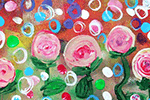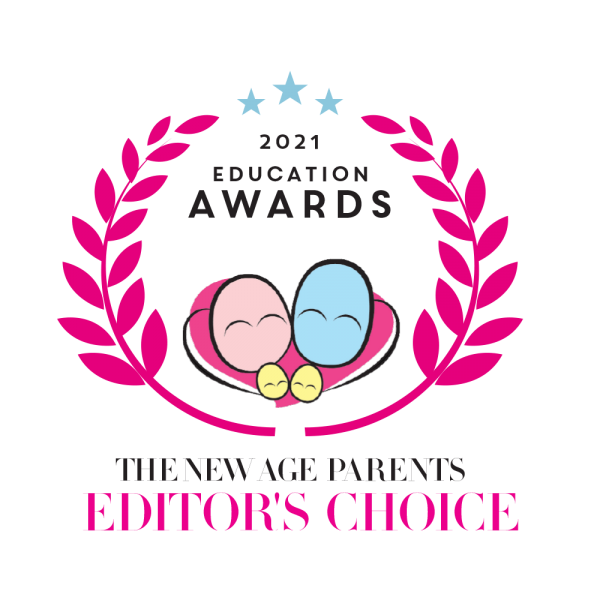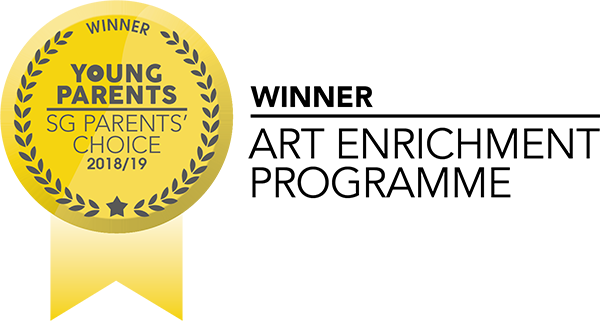Art 365: Everyday Art Activities
Cardboard Relief: Under the Sea!
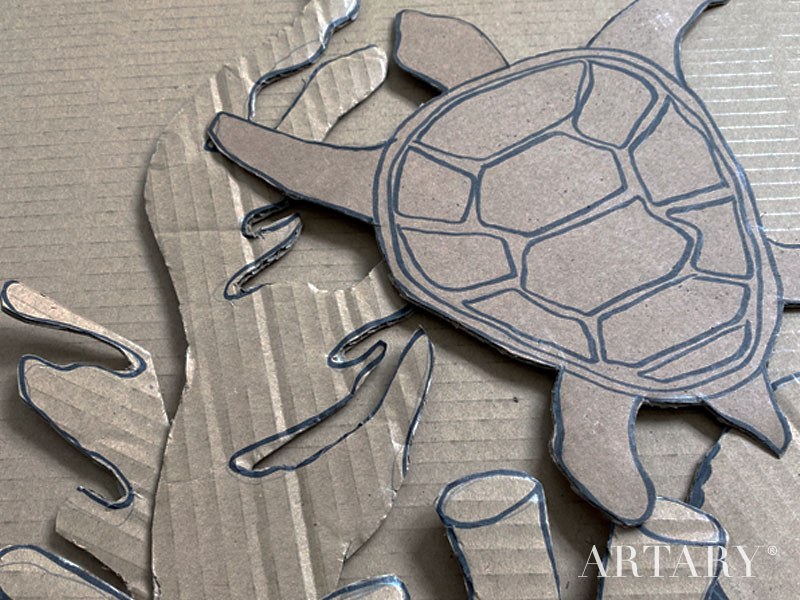
Technique-in-Brief – Cardboard Relief: Cardboard relief is a collage sculpture made out of cardboard pieces stuck onto a cardboard base. The sculpture raised from a flat background gives a 3D effect.
What You Need
Cardboard
Pencil
Marker pens
Scissors
Paints
Craft glue or double-sided tape
Gather Your Cardboards
Find some cardboards around your house or school. Use cardboard from old moving boxes or shoe boxes. Make sure they are clean! Wipe the cardboards with a wet cloth, and allow them to dry completely.
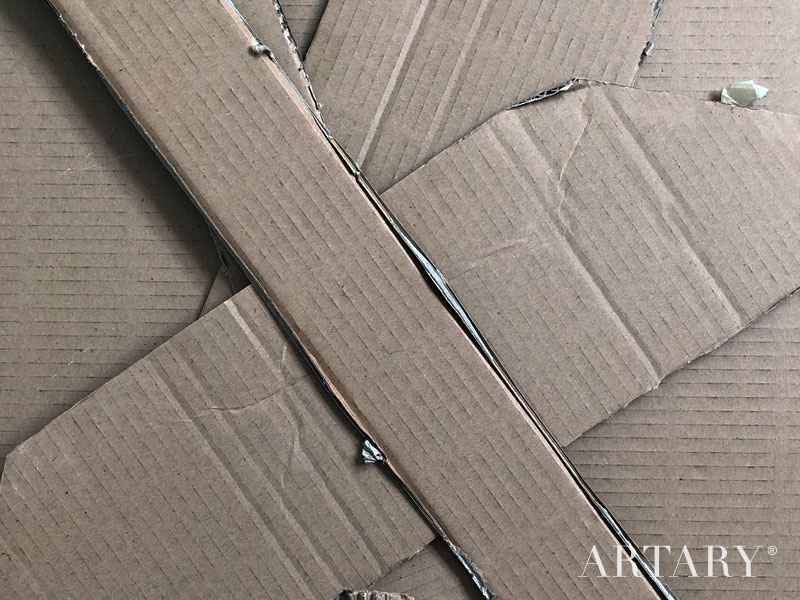
Draw on the Cardboards
Draw anything… really! Simple shapes like circles, rectangles and square, or get imaginative with objects: animals, vehicles, food, or quirky worlds!
The weather has been warm these days, and how we miss going for a swim! We sketched some sea animals and grasses on cardboard. We called it “Under the Sea!”
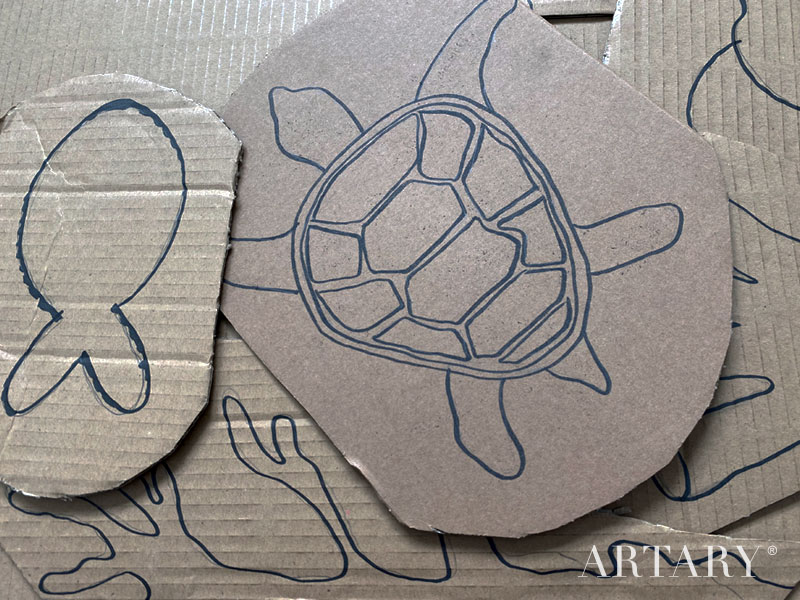
Sketch your shapes or objects large. Leaving too much empty spaces on your background will result in less depth and textures on your relief sculpture. Make your cardboard cutlines more visual by outlining your shapes with thick crayon or black marker.
Cut out your shapes and objects with a scissors.
Compose your Relief
Now it’s time to get creative as you play and interact with cardboards. We had a lot of fun having the turtle and fish playing “hide-and-seek” among the sea grasses, and telling little stories while we were at it!
Once you are done with “show-and-tell”, finalise the composition of your shape and object cutouts. We enjoyed layering the cardboards, as they bring more energy and dynamism into the artwork.
Adhere the cutouts to the cardboard base with craft glue, or double-sided tape.

Your artwork is completed! Our artwork captured the playful energy among sea animals on our cardboard relief sculpture. The cardboards cutouts raised from a flat background gives a 3D effect. Observe how the edges of the cutouts give depth and shades to the artwork.
That’s Not All: Crayon Rubbing
Crayon rubbing is a fun way to reproduce the texture of the surface by placing a piece of paper over the subject and rubbing the paper with crayon to deposit marks of the texture onto the paper. If you have some peeled crayons lying around, why not try an addon activity with your cardboard relief?
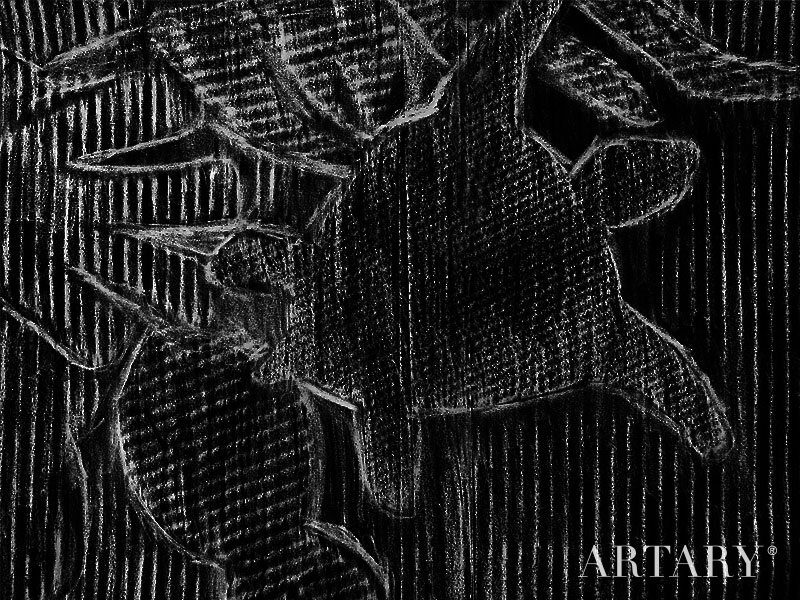
Lay a sheet of paper, not too thick (about 80 gsm) over your relief.
For best effect, use crayons on their side. Peel off more crayon wrap paper if you need to, and clean the sides with a tissue or cloth.
Rub the crayons gently on the paper, and watch how the cardboard texture, edges, pits and bumps of the cutouts are transferred onto the paper.
It’s not magic, it’s just art!
More Ideas
Prepare crayon rubbing cards: Create crayon rubbing cards by using materials provide different textures, such as twine, hot glue (from glue gun), buttons, or fabrics. Make a few rubbing cards, and rub the same sheet of artwork over different cards!




